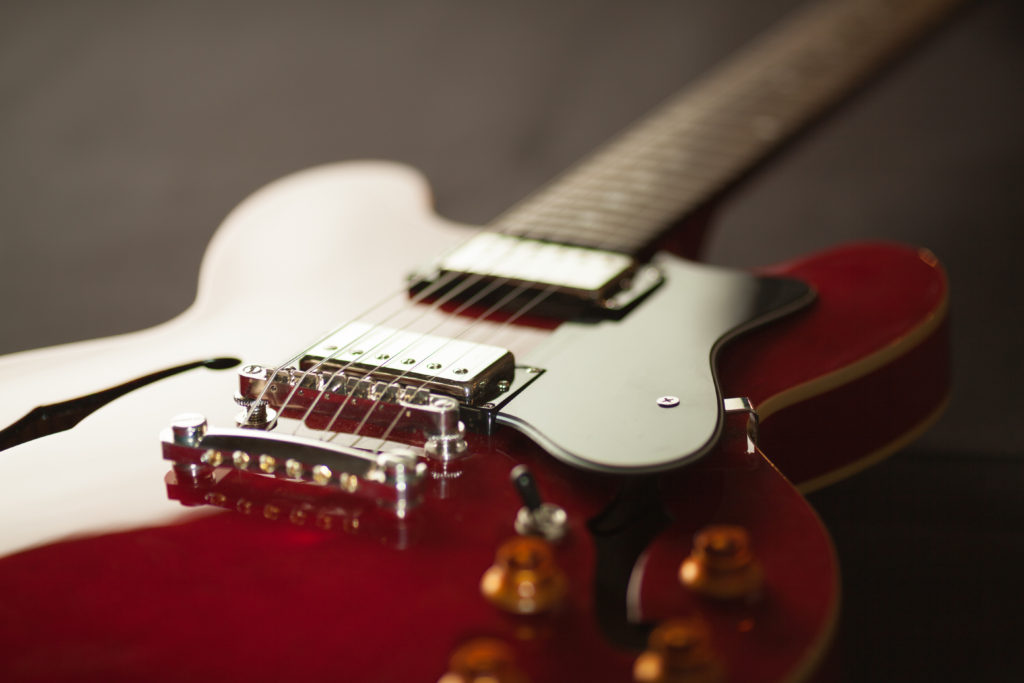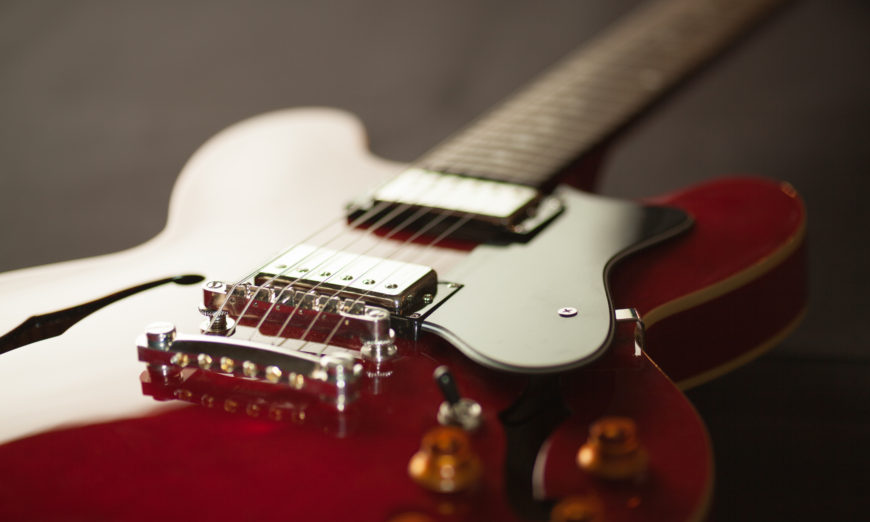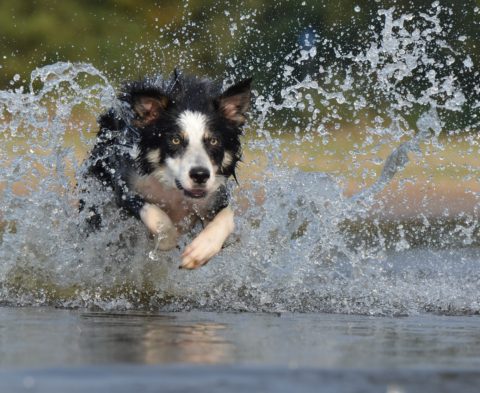
A question that I get regularly, albeit quietly, is “could you please explain depth of field in normal language without getting all technical?” A fair request, so let’s do that.
Depth of field is an old term. It can be described as being the range of distances in an image where the image comes into focus to the distance where the image goes out of focus.
Three Criteria For Depth of Field
There are three primary elements that govern depth of field. We will examine them individually, but keep in mind that their effects are cumulative.
Lens Focal Length
Regardless of the sensor size or camera involved, depth of field is a mathematical calculation and, consequently, obeys the laws of optics. At a very simple level, the longer the focal length of the lens, the less depth of field that there will be, all else being equal. In our example, we will presume an average scene where a usable exposure requires a lens opening of f/8, our subject is not moving, and is 20 feet away. We will use a Canon 80D as our example camera. I have used the data for EF-S (crop sensor) lenses for this table. The Canon 80D uses a crop sensor with a 1.6x factor.
| Focal Length | Focus Starts | Focus Ends | Total Depth of Field |
|---|---|---|---|
| 18 | 5′ 2″ | Infinity | 5′ 2″ to Infinity |
| 35 | 11′ 5″ | 80′ 8″ | 69′ 3″ |
| 55 | 15′ 4″ | 28′ 9″ | 13′ 4″ |
| 100 | 18′ 4″ | 22′ 0″ | 3′ 8″ |
| 135 | 19′ 1″ | 21′ 1″ | 2′ 0″ |
| 200 | 19′ 7″ | 20′ 6″ | 11″ |
| 250 | 19′ 9″ | 20′ 3″ | 7″ |
What we learn from this table is that as focal length increases and nothing else changes, depth of field falls off. Thus, we know that any given distance, a longer focal length lens will have less depth of field.
For zoom users, the depth of field is influenced by the selected focal length in the zoom range, not just the maximum focal length, as has occasionally been suggested. This focal length impact is one of the reasons why wide angle lenses are preferred for scenic and landscapes. You do not have to back away into the next county to get what you want in the frame and you also get the benefit of lots of depth of field because of the shorter focal lengths involved.
Aperture / Lens Opening
A smaller lens opening – because of how light moves through a smaller opening – will have more depth of field than a larger one. In this example, we will use a Nikon D750 with a Nikkor 50mm f/1.4 prime lens, again with a subject located 20 feet away. The Nikon D750 is a full frame sensor camera, denoted by Nikon as “FX”.
| Aperture | Focus Starts | Focus Ends | Total Depth of Field |
|---|---|---|---|
| 1.4 | 18′ 2″ | 22′ 3″ | 4′ 2″ |
| 2.0 | 17′ 6″ | 23′ 5″ | 5′ 11″ |
| 2.8 | 16′ 7″ | 25′ 2″ | 8′ 7″ |
| 4.0 | 15′ 6″ | 28′ 2″ | 12′ 8″ |
| 5.6 | 14′ 2″ | 33′ 11″ | 19′ 9″ |
| 8.0 | 12′ 8″ | 47′ 8″ | 35′ 0″ |
| 11.0 | 11′ 0″ | 111′ 8″ | 100′ 8″ |
| 16.0 | 9′ 3″ | Infinite | 9′ 3″ to Infinity |
| 22.0 | 7′ 7″ | Infinite | 7′ 7″ to Infinity |
In this table, the aperture closes by one full stop (1EV) with each row down. You will note that the depth of field change is not linear, so closing one stop does not automatically double the depth of field, despite what you may have previously heard.
This also helps us understand that when we want the subject sharp but the background soft, we want to use a larger lens opening to reduce the total depth of field. For portrait photographers, this is a primary driver of the choice of a faster lens (a lens with a larger maximum aperture). With all else being equal, the aperture selected is also your depth of field control.
Camera to Subject Distance
The farther from a subject that a camera is, the more depth of field being delivered at any given focal length. With the interest in very shallow depth of field for portraiture, in this example we will use a Fujifilm X-T2 with a Fujifilm 56mm f/1.2R APD. This is a crop sensor camera with a 1.5x factor, making the lens focal length equivalent to an 85mm on a full frame sensor. We will choose an aperture of f/1.2 for this example.
| Distance in Feet | Focus Starts | Focus Ends | Total Depth of Field |
|---|---|---|---|
| 3 | 3′ | 3′ | 0″ |
| 6 | 5’11” | 6’1″ | 2″ |
| 12 | 11′ 8″ | 12′ 4″ | 8″ |
| 24 | 22′ 8″ | 25′ 6″ | 2′ 10″ |
| 50 | 44′ 7″ | 56′ 11″ | 12′ 5″ |
| 100 | 80′ 4″ | 132′ 4″ | 52′ |
What we learn from this table is that a doubling of distance does not double the depth of field; it is again a non-linear expansion. We also learn that super-fast lenses shot wide open have razor thin depth of field when used in close, so while we are gathering lots of light, we must be perfect with our focus. In the 3-foot example above, focus on the front of the eye would mean that the eyelashes would be soft. Moving a step closer or a step farther away can dramatically affect the depth of field, all other things being equal.
Depth of Field Preview and Live View
Many DSLR cameras still have a button called Depth of Field Preview, although OEMs are dropping this (to my disappointment) with increasing frequency. The function is often poorly explained and therefore goes unused.
What happens is that the viewfinder, by design, always shows the scene with the lens wide open, and only goes to the selected aperture at the time of the exposure. This means we only see the depth of field in the viewfinder for the lens wide open. Pressing the button closes the lens opening to the selected aperture and the actual depth of field becomes visible. However, because the lens is closed down, the image is much darker and the scene becomes harder to see, and thus while the depth of field is actually shown, it’s tough to resolve.
Mirrorless cameras with no optical viewfinder have either just the LCD, or may have an EVF, as well. Since these are electronically rendered images, they can show you the depth of field in real time, so as you change one of the criteria, the aperture for example, you can see the change as it happens.
You can do this in Live View on a DSLR as well if it supports Exposure Simulation, although some cameras that do not have ExpSim still show accurate depth of field in Live View on the LCD. Some folks find the LCD hard to see in bright sun, and others find holding the camera away from the body to be unstable, particularly with longer lenses. Mirrorless cameras with electronic viewfinders deliver real time depth of field along with a nice stable hold in a manner that is easy to see.
Summary
By learning to understand how depth of field works we can influence it through any or all of the factors that help define it. This ability to control how much of the scene is in focus in the camera is enormously powerful in helping you extend your creative vision into the image.



